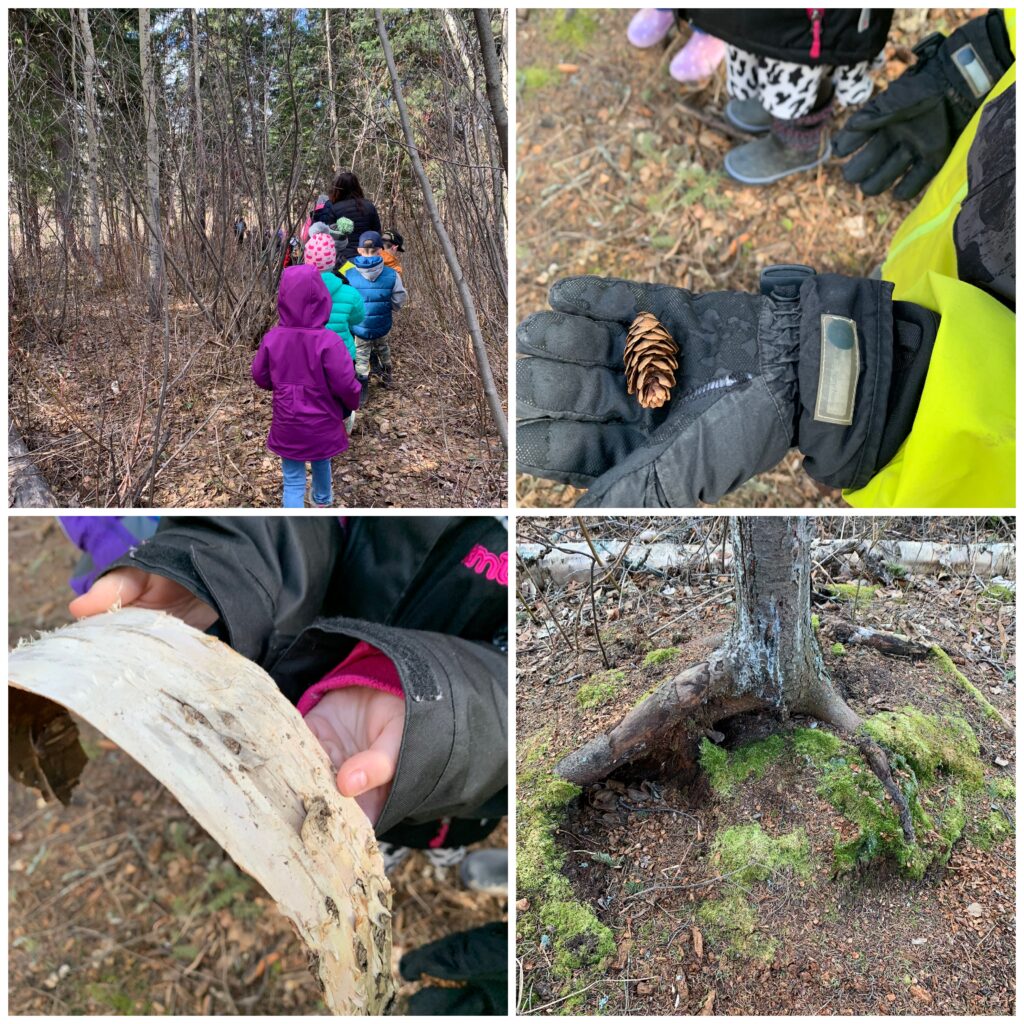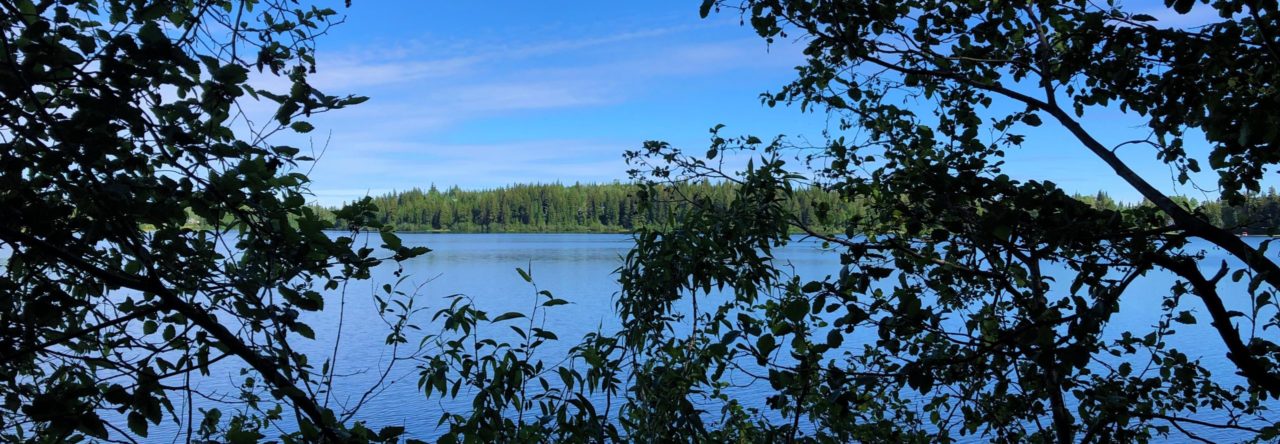Educators respect and value the history of First Nations, Inuit and Metis in Canada and the impact of the past on present and the future. Educators contribute towards truth, reconciliation and healing. Educators foster a deeper understanding of ways of knowing and being, histories, and cultures of First Nations, Inuit and Metis.
How I met standard 9 during my 491 practicum:
During my 491 practicum, one thing I did was co-plan a lesson with the Indigenous Education Worker at the school. In this lesson, students learned about the medicinal uses of local plants. We took the students for a nature walk and the IEW shared her knowledge about the land with us. Some of the things we learned about were that rose hips are high in vitamin C and can be used to make a tea and that red willow is similar to asprin and can be used as a pain reliever. We also learned about how and where to harvest medicinal plants and that a gift should be given back to nature as a thank you, such as a strand of hair. The IEW also spoke about animals that are commonly found in the area. We saw squirrel holes in the ground, covered with shells from nuts, and moose droppings. The students had a great time on the walk and were excited to share what they learned when we did a talking circle after we got back to the classroom.

After we returned from the nature walk, we made sage hearts. The Indigenous Education Worker explained that sage is important to many Indigenous cultures and that it is used to calm your mind and remove negative energies. Each student received a bundle of sage and placed it inside a felt heart. They then glued the heart closed and I took them home to stitch up. The students were given their sage hearts the next day to take home and share what they had learned with their grownups.

